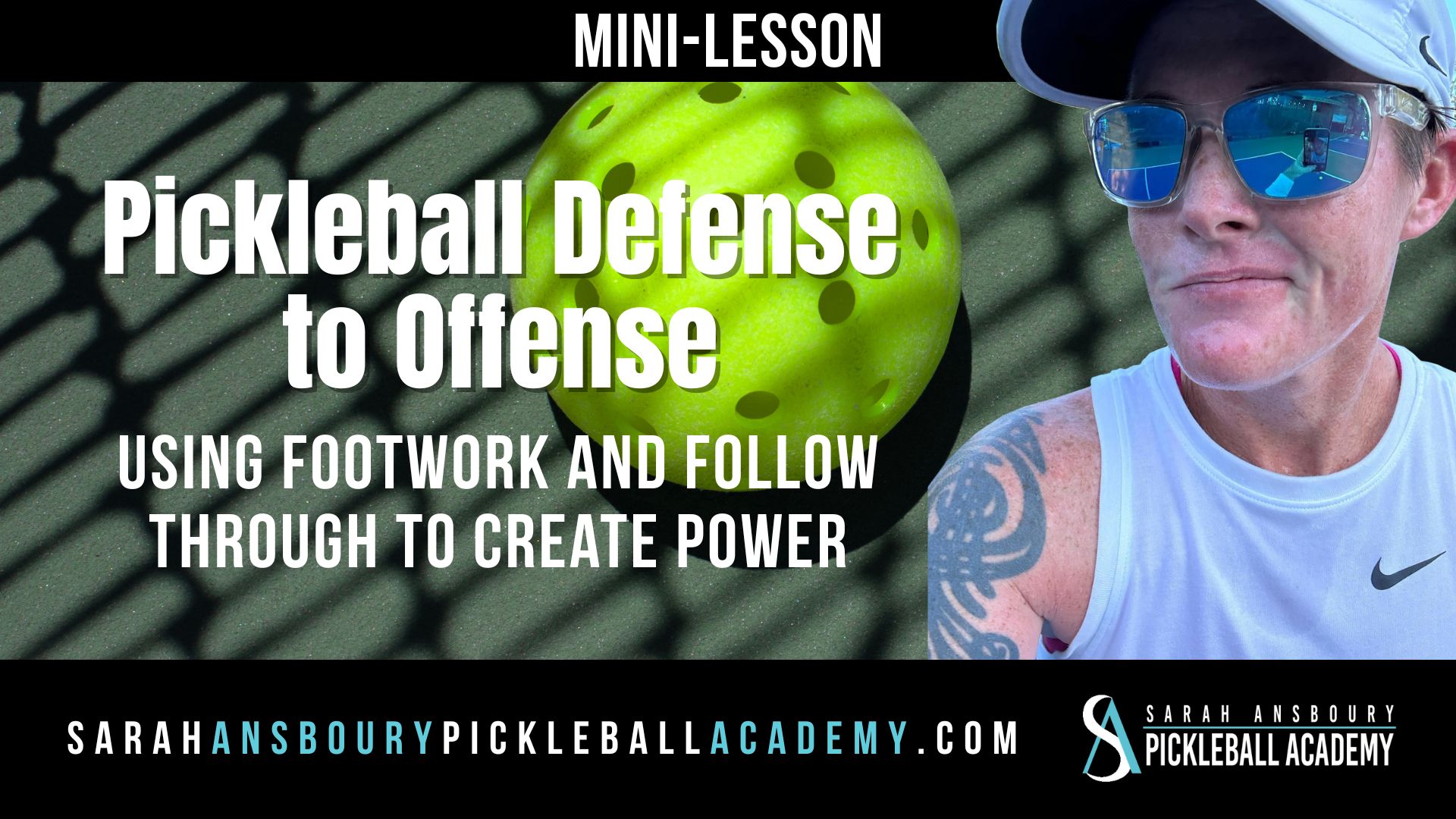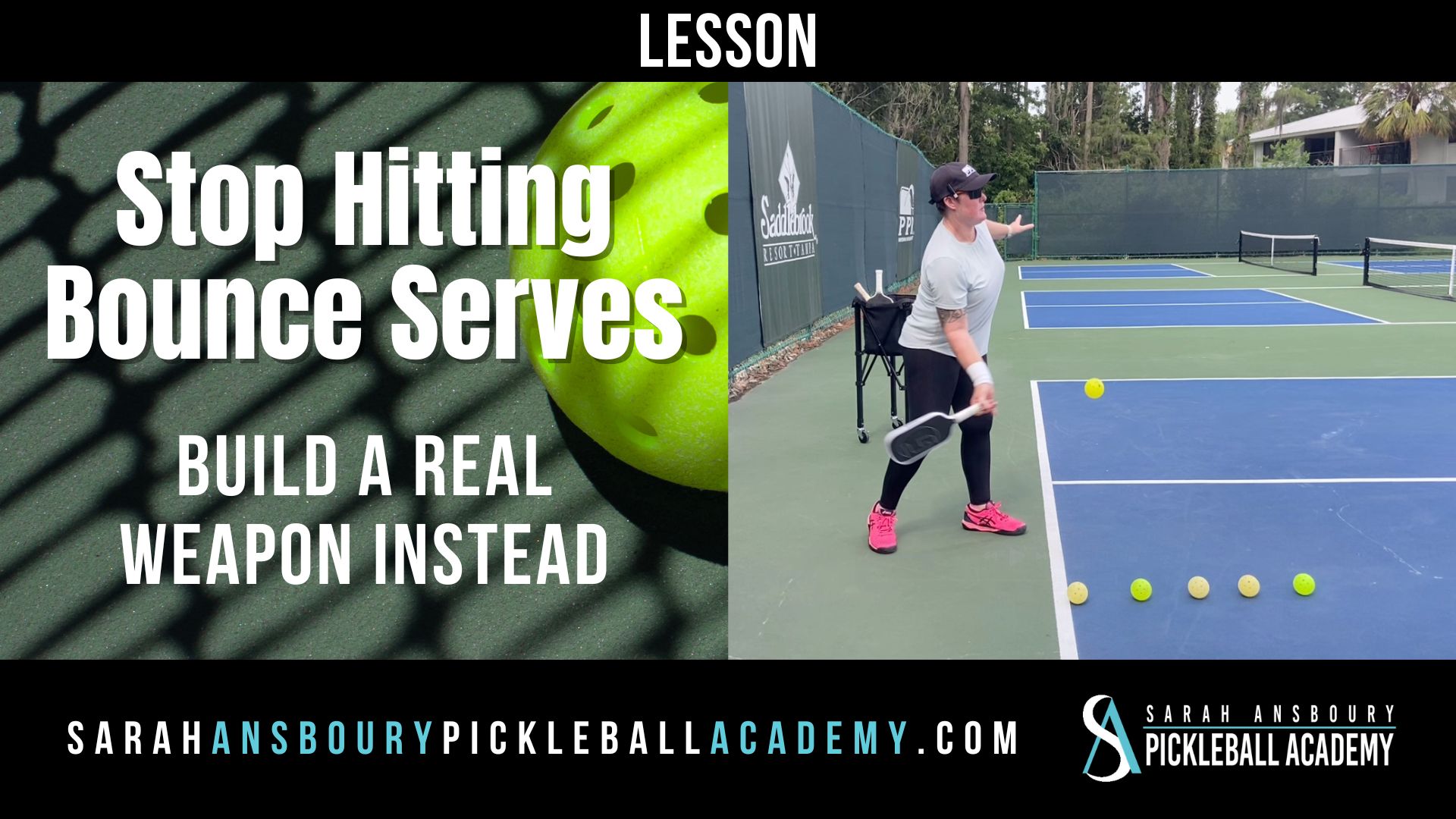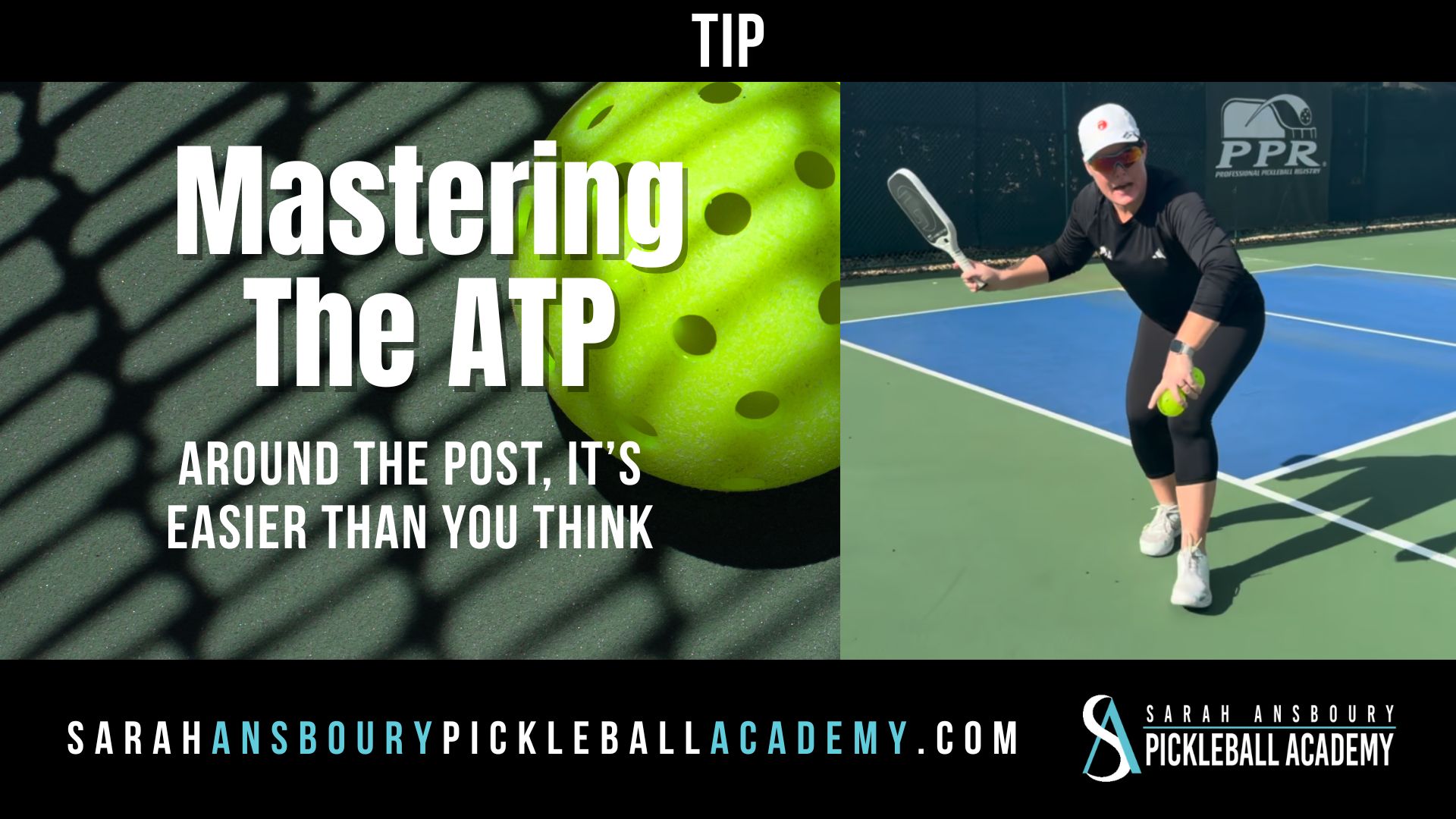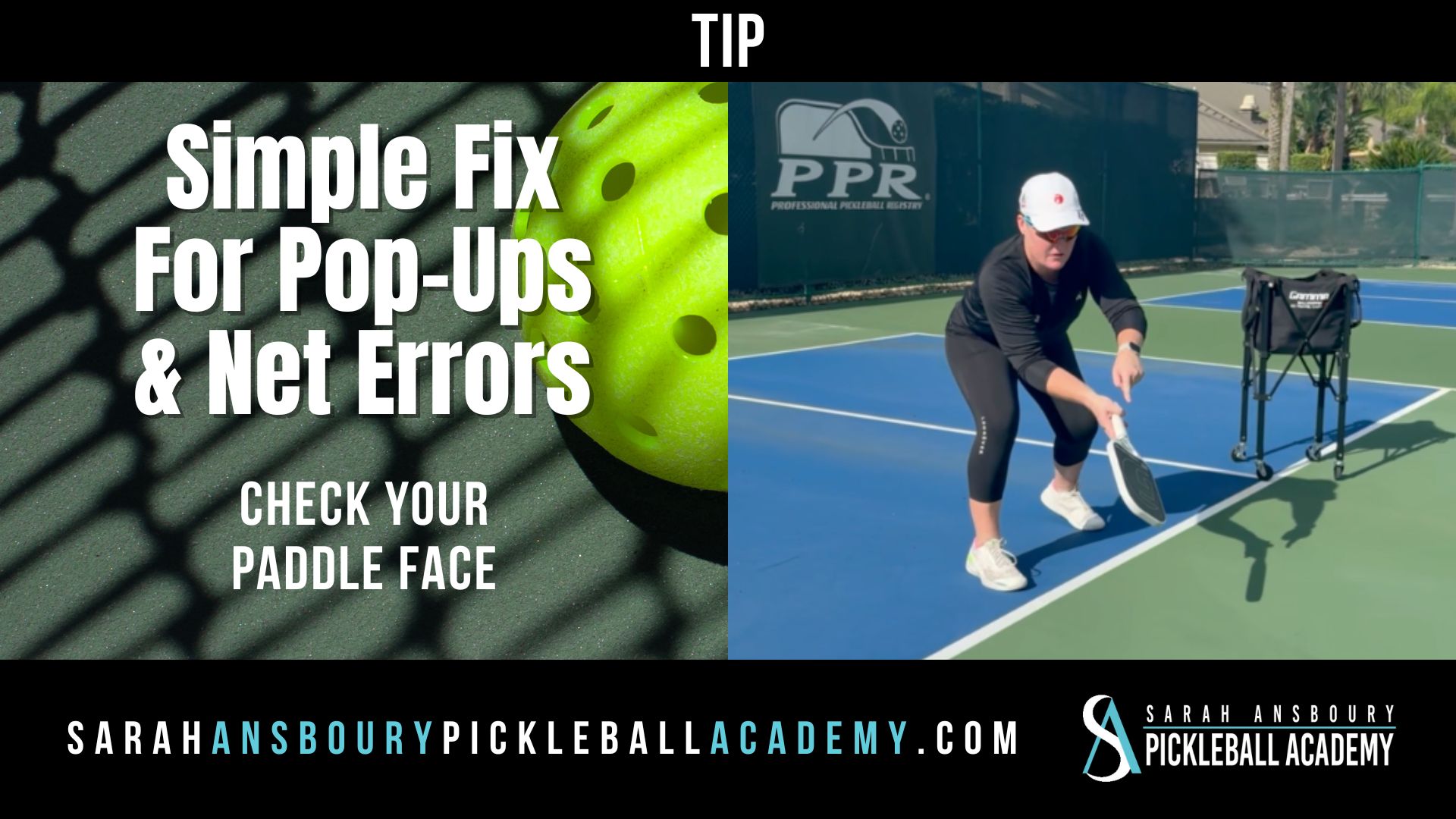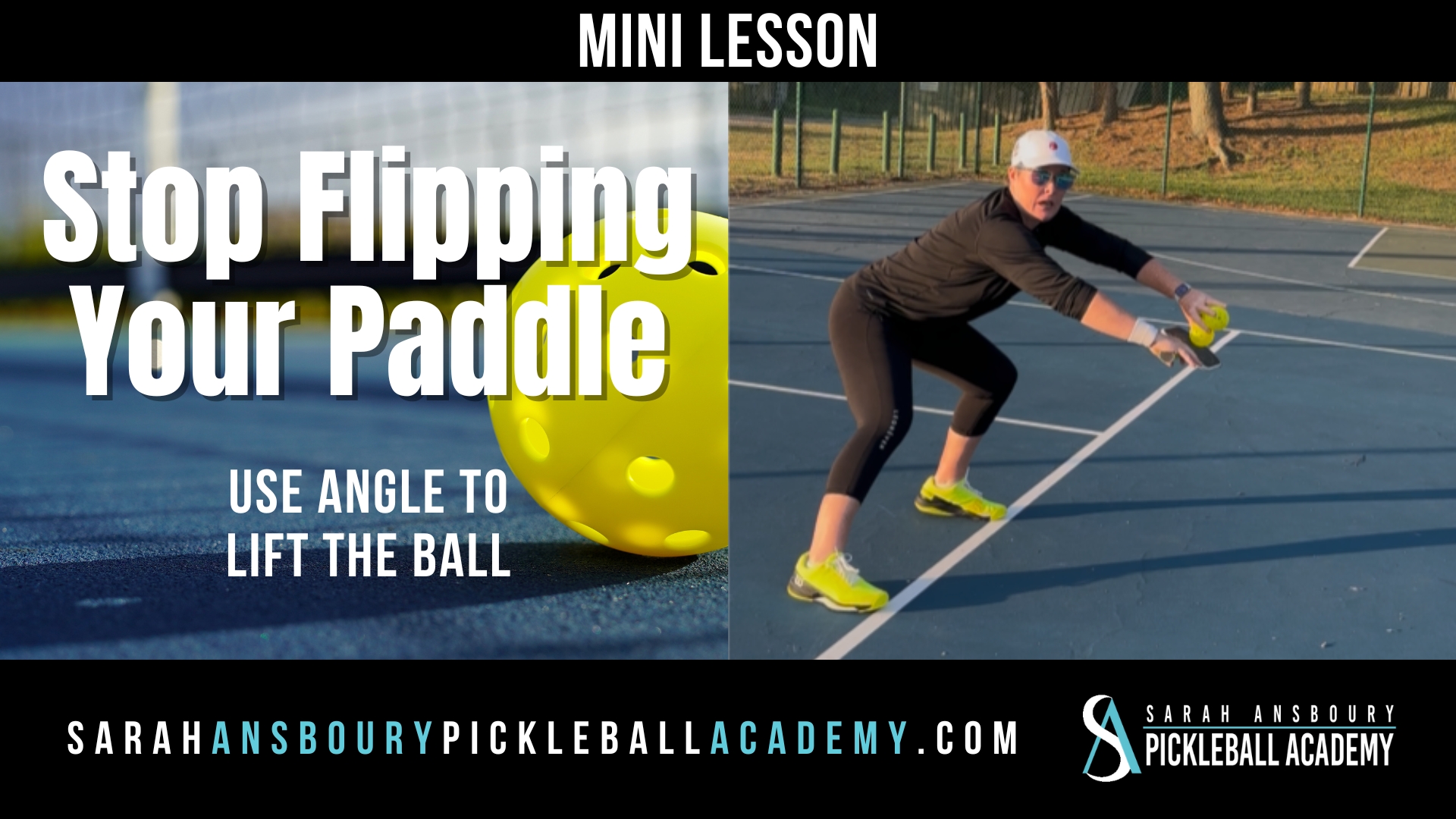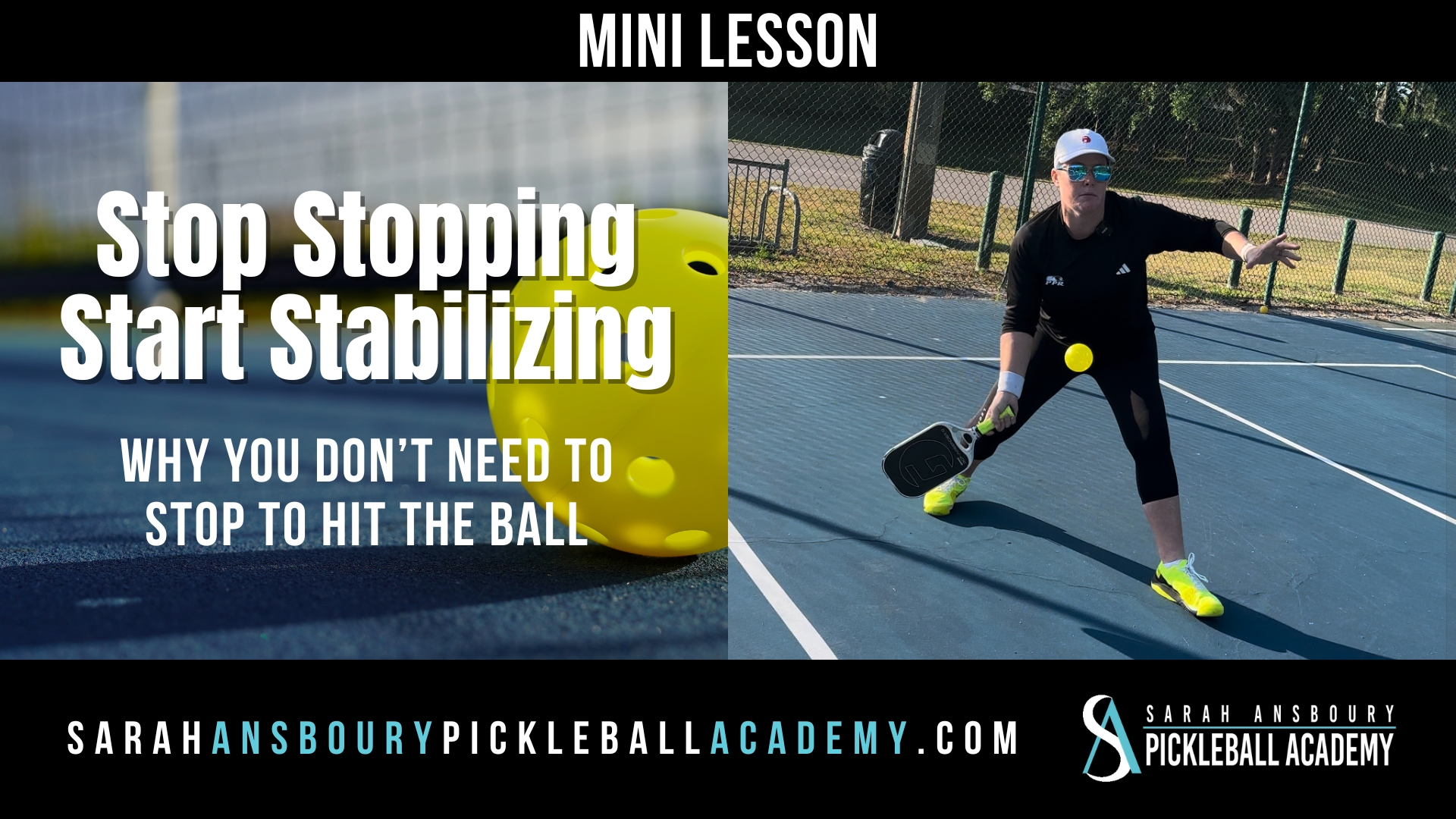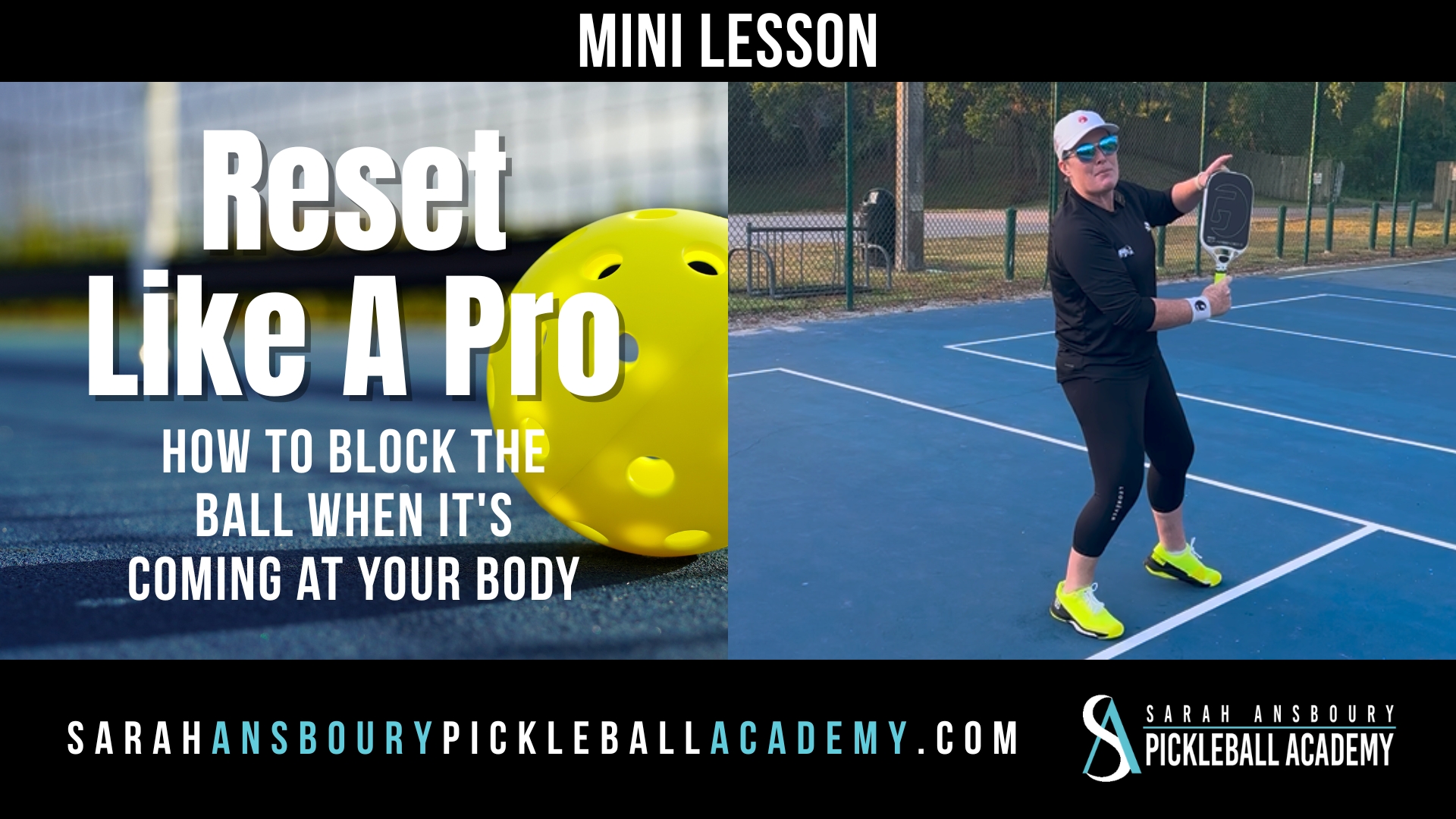One thing I often see from players is the reliance on the bounce serve. While there are times when the bounce serve can be useful, it often limits your ability to be more offensive. Today, I want to dive into how transitioning to hitting the serve in the air can open up more opportunities for you on the court.
Why the Bounce Serve Holds You Back
A lot of players bounce their serve because they struggle to generate the proper swing and weight transfer. When you’re hitting a serve off the bounce, you’re usually not swinging through fully. This makes it hard to build up the speed and control necessary for an effective serve. One of the first adjustments I recommend is learning to take the serve in the air. This gives you more control, power, and allows you to be on the offensive right from the start of the point.
Key Steps to Transitioning to an Air Serve
Here are a few crucial things to keep in mind when you’re making the switch:
- Focus on Swinging Through the Ball When you drop the ball on the side of your body, it becomes tough to transfer your weight and follow through. Instead, aim to swing with the ball positioned closer to your body’s centerline, around shoulder height. This gives you a better chance to generate speed and power. Keeping your wrist down as you swing also helps with control.
- Get the Hands Right Another common mistake is starting with your hands together, which makes the backswing awkward. To avoid this, position your ball drop hand and backswing arm separately from the start. Remember, the serve is the biggest backswing motion in the game of pickleball, so you need that space to swing properly.
- Use the Right Grip I like to use a grip that leans more towards an eastern grip, rather than a strict continental grip, for serving. This allows me to point the tip of my paddle towards the back fence, keeping my swing low to high, which is key for adding topspin. That topspin helps control the ball’s arc and keeps your serve consistent.
Footwork and Body Mechanics
It’s important to be steady in your stance. Start by loading your weight onto your back leg, then transfer it to your front leg as you swing. For players like myself who aren’t tall (I’m 5’5”), it’s essential to focus on elongating the swing. A longer forward motion increases depth and swing speed, helping you to generate more power without needing height to compensate.
Controlling Direction with Your Ball Drop
A huge part of mastering your serve is controlling directionality and spin, and that starts with where you drop the ball. Here’s a simple trick:
- If you want to serve wide, drop the ball further to the side of your body.
- If you’re missing serves wide, adjust by bringing your ball drop slightly more towards your body.
This ball drop adjustment is a quick fix that allows you to maintain consistency and control the placement of your serve. The serve doesn’t need to be complicated—keep the motion simple, make it big, and let the swing grow naturally.
Final Thoughts
Transitioning from a bounce serve to an air serve can feel intimidating, but by focusing on swinging through the ball, using the right grip, and adjusting your ball drop, you’ll see a huge improvement in both power and accuracy. Start with these adjustments, and you’ll quickly gain confidence in your ability to be more offensive with your serve.

